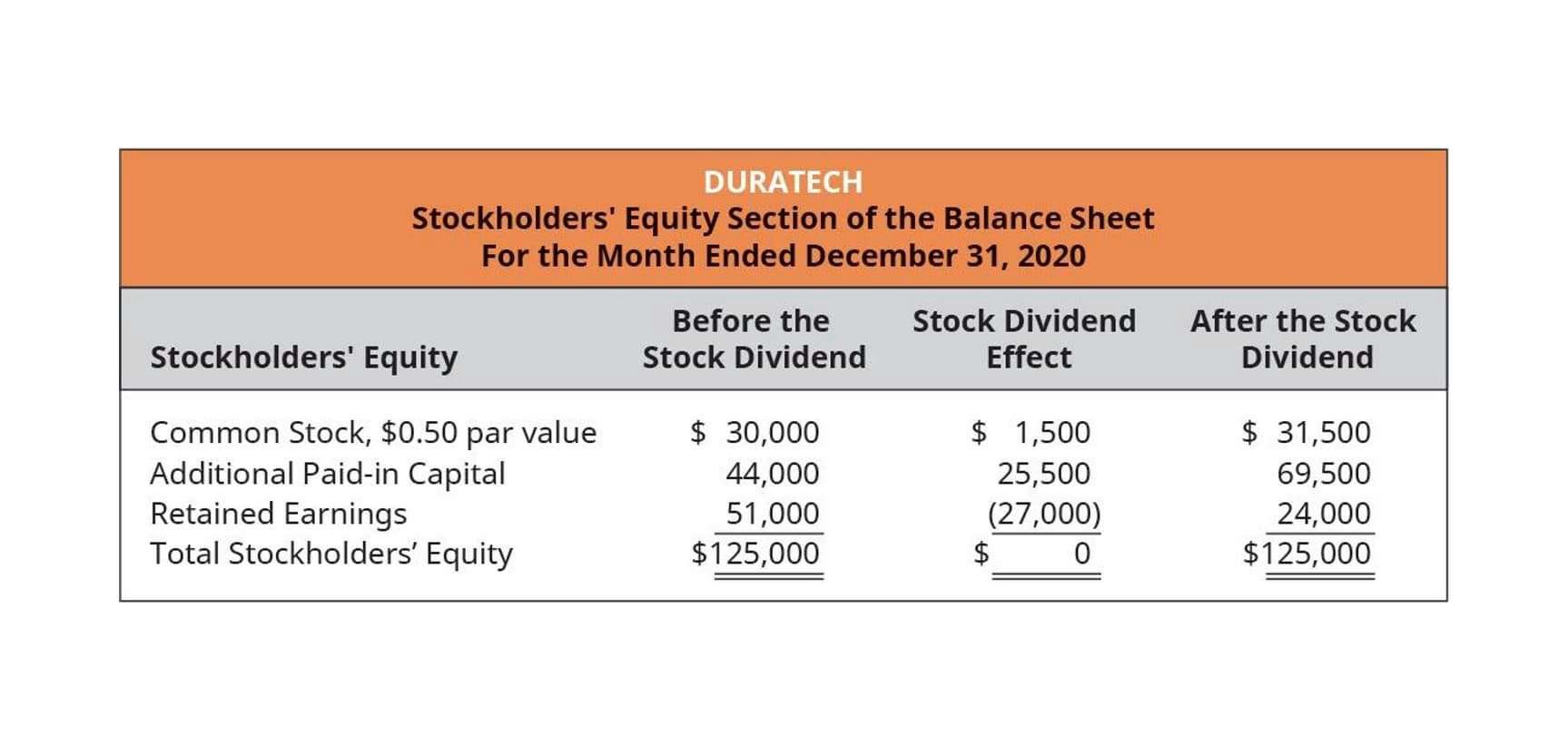
It is used to offset the original cost of an asset, providing a more accurate representation of its current value on a balance sheet. By separately stating accumulated depreciation on the balance sheet, readers of the financial statement know what the asset originally cost and how much has been written off. For year five, you report $1,400 of depreciation expense on your income statement. The accumulated depreciation balance on your balance sheet should be $7,000. The desk’s net book value is $8,000 ($15,000 purchase price – $7,000 accumulated depreciation). To calculate accumulated depreciation, sum the depreciation expenses recorded for a particular asset.
Depreciation Accounting
Accumulated depreciation is not a current asset, as current assets aren’t depreciated because they aren’t expected to last longer than one year. Other times, accumulated depreciation may be shown separately for each https://www.bookstime.com/ class of assets, such as furniture, equipment, vehicles, and buildings. You need to track the accumulated depreciation of significant assets because it helps your company understand its true financial position.
- After the 5-year period, if the company were to sell the asset, the account would need to be zeroed out because the asset is not relevant to the company anymore.
- Even though this isn’t the most accurate description of depreciation, it is often used due to its straightforwardness.
- Some people use the terms depreciation versus depreciation expense interchangeably, but they are different.
- The formula for this is (cost of asset minus salvage value) divided by useful life.
- Accumulated depreciation is an accounting formula that you can use to calculate the losses on asset value.
- Likewise, the accumulated depreciation journal entry will reduce the total assets on the balance sheet while increasing the total expenses on the income statement.
Accumulated depreciation vs. depreciation expense

In many cases, businesses will purchase an asset partway through the year. The half-year recognition method helps account for years when an asset is only used for part of the year. Depreciation is an accounting method used to allocate the cost of an asset over its useful life to reflect its declining book value. Even though this isn’t the most accurate description of depreciation, it is often used due to its straightforwardness.

Our Services
It would, however, be impractical (and of no great benefit) to calculate and re-calculate the extent of this loss over short periods (e.g., every month). Estimated residual value is also known as the salvage value or scrap value. This is the expected value of the asset in cash at the end of its useful life. The loss on an asset that arises from depreciation is a direct consequence of the services that the asset gives to its owner. In simpler terms, depreciation spreads out the cost of an asset over its years of use, determining how much of the asset has been consumed in a given year, until the asset becomes obsolete or is no longer in use.
- Recapture can be common in real estate transactions where a property that has been depreciated for tax purposes, such as an apartment building, has gained value over time.
- Accumulated depreciation can be calculated using the straight-line method or an accelerated method.
- The total amount depreciated each year, which is represented as a percentage, is called the depreciation rate.
- Also, keep in mind that most tax systems don’t allow for using this model.
- Accumulated depreciation reduces the value of the corresponding asset on the balance sheet, therefore reflecting the total depreciation expense incurred since the asset’s acquisition.
In year two it would be ($5,000 – $2,000) x (2 / 5), or $1,200, and so on. Many online accounting courses are available to help you learn more about this field. Many of these courses are self-paced, allowing you to learn around your how to calculate accumulated depreciation schedule. You might consider the Accounting for Decision Making Course offered on Coursera by the University of Michigan. The Ascent is a Motley Fool service that rates and reviews essential products for your everyday money matters.

For accounting purposes, the depreciation expense is debited, and the accumulated depreciation is credited. Unlike a normal asset account, a credit to a contra-asset account increases its value while a debit decreases its value. Depreciation expense is recorded each period to reflect the decline in value. Accumulated depreciation is the amount of total depreciation of all the company’s fixed assets as of the balance sheet date.
- Our accumulated depreciation calculator is pretty straightforward to use.
- However, the accumulated depreciation is not a liability but a contra account to the fixed assets on the balance sheet.
- With a more secure, easy-to-use platform and an average Pro experience of 12 years, there’s no beating Taxfyle.
- This shows the asset’s net book value on the balance sheet and allows you to see how much of an asset has been written off and get an idea of its remaining useful life.
- Instead, it’s recorded in a contra asset account as a credit, reducing the value of fixed assets.
- The methods used to calculate depreciation include straight line, declining balance, sum-of-the-years’ digits, and units of production.
- Instead, the balance sheet might say “Property, plant, and equipment – net,” and show the book value of the company’s assets, net of accumulated depreciation.
Leasehold properties, patents, and copyrights are examples of such assets. Sandra Habiger is a Chartered Professional Accountant with a Bachelor’s Degree in Business Administration from the University of Washington. Sandra’s areas of focus include advising real estate agents, brokers, and investors. She supports small businesses in growing to their first six figures and beyond.
Units of Production
If you are interested in learning more about depreciation, be sure to visit our depreciation calculator. Additionally, if you are interested in learning what revenue is and how to calculate it, visit our revenue calculator. Depreciation can be calculated on a monthly basis in two different ways. Someone on our team will connect you with a financial professional in our network holding the correct designation and expertise. This team of experts helps Finance Strategists maintain the highest level of accuracy and professionalism possible. Our team of reviewers are established professionals with decades of experience in areas of personal finance and hold many advanced degrees and certifications.


Accumulated depreciation is an essential accounting concept that represents a fixed asset’s total depreciation over its useful life. It is crucial to grasp the definition, calculation, and examples of accumulated depreciation to understand its role in financial statements and its impact on an entity’s balance sheet and income statement. However, the accumulated depreciation is not a liability but a contra account to the fixed assets on the balance sheet. Likewise, the accumulated depreciation journal entry will reduce the total assets on the balance sheet while increasing the total expenses on the income statement. This allows the company to match depreciation expenses to related revenues in the same reporting period—and write off an asset’s value over a period of time for tax purposes.